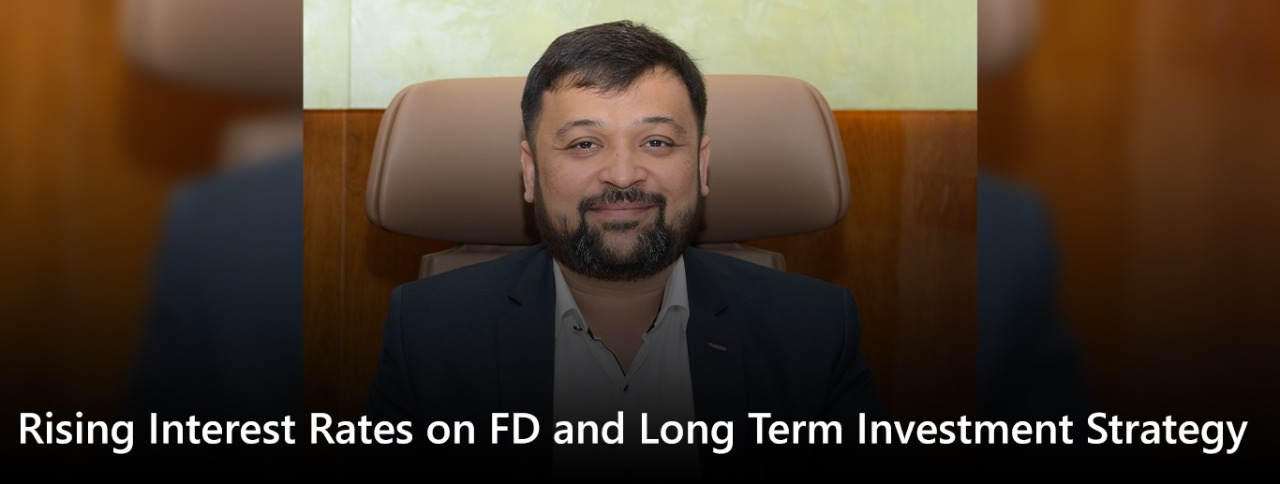UPDATE
Jan 23, 2023, 10.15 AM
By Mihir Parikh
The Covid-19 pandemic in early 2020 ushered in unprecedented economic turmoil and hardships for millions around the world. India too was hit hard by the pandemic with negative growth for two quarters in 2020. However, the economic challenges also resulted in a low-interest rate regime. The Reserve Bank of India slashed key rates to support growth. After more than two years of low interest rates, the interest rate cycle is moving upwards.
As inflation continues to be above the RBI’s comfort zone, we will likely see interest rates continue to rise, although the pace of rise may slow down, and slowing of economic activity. However, this does not have to be the reason for panic as higher interest rates also present unique opportunities for saving and potential portfolio rebalancing.

India too was hit hard by the pandemic with negative growth for two quarters in 2020. However, the economic challenges also resulted in a low-interest rate regime.
Irrespective of the state of the economy or how the stock markets are faring at that particular time, or how a particular sector is doing, it is always best to diversify asset allocation to mitigate risks and maximise returns. Higher interest rates on bank fixed deposits changes the dynamics of investing across other asset classes.
While fixed-income investments look attractive in the current situation, the Indian equity markets have also corrected quite a bit from the recent highs. Indian stock valuations are certainly expensive but in a rebounding economy, equity markets generally do better than other asset classes. Ignoring equities at such a time may not be the best financial advice.
Considering attractive fixed-income rates, investors can park some money in long-term funds and get the benefit of higher interest rates as well as indexation. The remaining funds can be invested in equities, gold, real estate, and other asset classes. That said, how much money should one put in fixed deposits, equities, and other assets, depends entirely on the person’s risk profile and investment horizon.
Even in existing investments, given the current market and economic uncertainty due to global challenges, it is always best to review the portfolio to ensure the funds are diversified not only across stocks and bonds but also across economic sectors.
In a volatile equity market like we are seeing of late, sectoral performance can also change quickly. Take for instance IT stocks. IT stocks have been raging since the pandemic, but there are concerns about high valuations now due to moderating growth forecasts. Of course, this can change again as new growth avenues open up.
As financial planners and investment advisors, we always tell our clients to ensure that they are not swayed by temporary events and that their asset allocation reflects their risk tolerance and financial goals. Sticking to the basics is the key to building a successful portfolio.
(The writer is the Founder and CEO of MP Financial Services, a leading financial services firm)
UP NEXT
Read Next